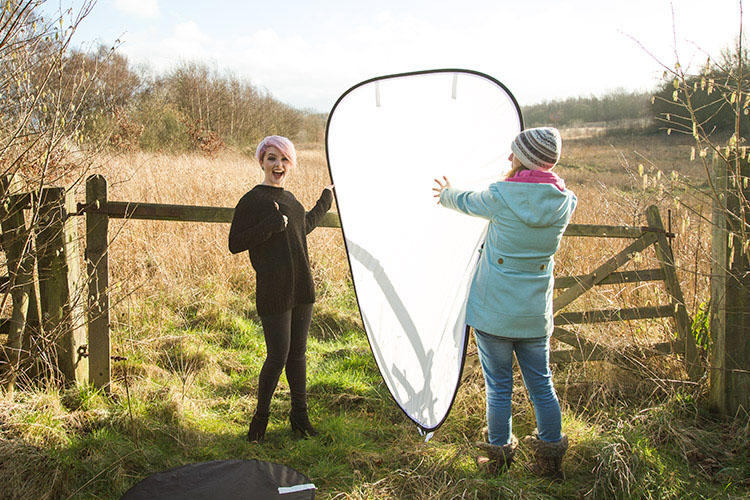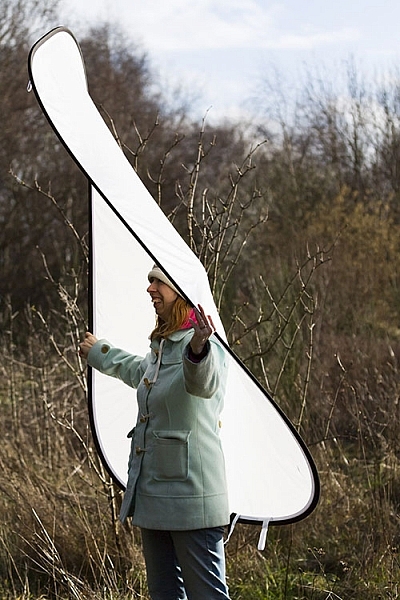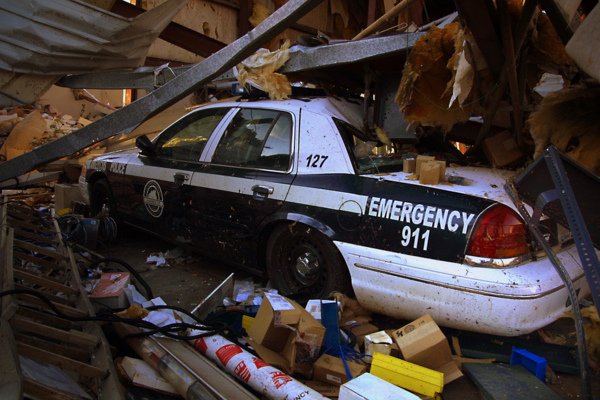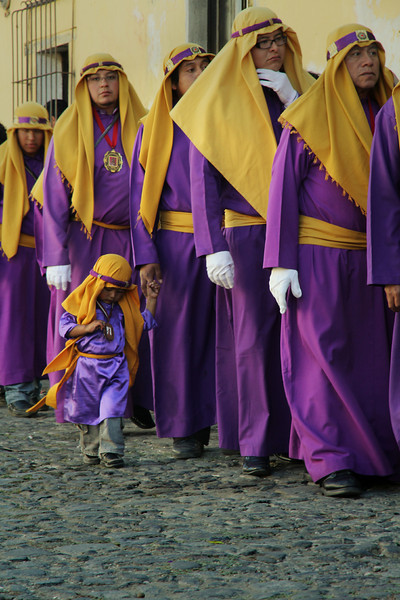The post Five Foot Lens and 3.2 Gigapixel Camera Produced for Night Sky Photos appeared first on Digital Photography School. It was authored by Jaymes Dempsey.

L1 Lens of the camera polished and coated with a broadband antireflective coating by Safran-Reosc. LSST Project/NSF/AURA.
Last month, engineers packaged up the largest optical lens ever created, before shipping it 17 hours from Tuscon, Arizona to the SLAC National Accelerator Laboratory in central California.
The lens is five feet in diameter and four inches thick; it required a truck to transport it. It was attached to an additional (3.9 foot) lens element when shipped, and it will soon be followed by another.
Together, these three lens elements will be mounted to a camera that, when finished, will be the largest digital camera in existence. And the camera-lens duo will ultimately be attached to a telescope: the Large Synoptic Survey Telescope, which is over ten years in the making.
Note that the camera itself is constructed out of 189 sensors which, when combined, will create pictures of an astonishing size: 3.2 gigapixels. It’s still in production at the SLAC National Accelerator Laboratory, but will likely be finished in 2021. The cost of the camera alone is a whopping $ 168 million dollars.
The purpose of this huge setup is to capture detailed photos of the night sky. The full telescope will be placed on Cherro Pachon mountain in Chile, where the camera will take exposures at 20-second intervals.
As explained in a press release by one of the laboratories involved in the lens construction:
This data will help researchers better understand dark matter and dark energy, which together make up 95 percent of the universe, but whose makeup remains unknown, as well as study the formation of galaxies, track potentially hazardous asteroids and observe exploding stars.
We recently reported on Xiaomi’s 108-megapixel smartphone, with its wrap-around screen, but a 3.2-gigapixel camera blows this out of the water. Even a recently announced security camera, which made waves when it was unveiled at the China International Industry Fair, topped out at 500 megapixels. Equipped with facial recognition technology, there are major privacy concerns when it comes to how this may be used in a country that already heavily monitors its citizens.
But, the high resolution of these cameras does bring to light something that is conveniently forgotten by tech advertisers: More megapixels will only produce greater detail if you have a lens that can resolve that detail. If your lens can only resolve 12 megapixels worth of detail, then you’re not going to gain from slapping a 108-megapixel sensor onto the camera. That’s why the Large Synoptic Survey Telescope requires ultra-precise optics if scientists want to gather meaningful data.
Of course, you don’t need a lens costing millions of dollars to produce highly-detailed 108-megapixel photos. But my suspicion is that the current optics used by smartphones (Xiaomi, but also Huawei, Apple, and Google) just aren’t up to the task of generating 108-megapixel photos.
So don’t fall prey to the megapixel myth. And keep your eye out for photos from the Large Synoptic Survey Telescope!
What are your thoughts on these new lenses and cameras? Share with us in the comments!
The post Five Foot Lens and 3.2 Gigapixel Camera Produced for Night Sky Photos appeared first on Digital Photography School. It was authored by Jaymes Dempsey.




































You must be logged in to post a comment.